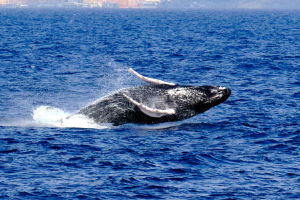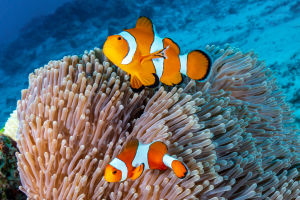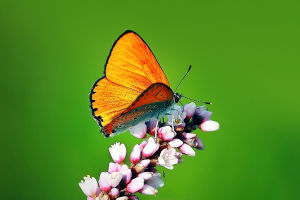Lykkers, have you ever marveled at the enchanting world of animals that can change their color? Many creatures possess this incredible ability, not just for survival, but also for communication.
From the celebrated chameleon to lesser-known species, these animals showcase the fascinating spectrum of nature.
Understanding their color-changing mechanisms reveals not only their adaptability, but also their unique place in the ecosystem.
Marvelous Chameleons
The chameleon reigns, as the ultimate expert, in color change. This intriguing reptile displays a spectacular range of hues, transitioning to express emotions, react to temperature changes, or communicate with potential mates. Chameleons utilize their color-changing prowess quite effectively, making them a symbol of adaptability in the wild. Their transformation can take mere seconds, highlighting their undeniable charm.
Seasonal Foxes
In a fascinating twist, the Arctic fox undergoes a seasonal transformation. This remarkable creature sports a fur coat that shifts from browns and grays in the summer to a brilliant white in the winter. This strategic adaptation is crucial for survival, as it allows the fox to blend into its snowy environment, making it nearly invisible to both prey and predators alike. As the seasons change, so does its protective garb, showcasing nature's ingenuity.
Floundering Beauty
The peacock flounder is another master of disguise, capable of instantaneous color change. This flatfish can switch from muted sandy shades to vibrant, spotted patterns within moments. The process is facilitated by specialized pigment cells known as chromatophores, allowing the flounder to seamlessly blend into various submerged landscapes, keeping it one step ahead of predators.
Ink-Shooting Cuttlefish
Just like the flounder, the cuttlefish showcases incredible adaptability. This remarkable cephalopod can alter its hue and pattern in milliseconds, allowing it to blend into the marine environment effortlessly. Thanks to its chromatophores, the cuttlefish can also change the texture of its skin, further enhancing its camouflage capabilities. These rapid transformations allow it to stay hidden from potential threats while searching for food.
Winged Color-Changers
The rock ptarmigan, known for its seasonal color adaptations, changes its plumage three times a year. From mottled browns and grays in summer to pure white in winter, this bird's ability to blend into diverse landscapes is a testament to its remarkable nature. Even its legs and feet showcase this transformation, ensuring that every part of its body can conceal it within its snowy surroundings.
Stoat Secrets
Similar to the ptarmigan, the stoat displays seasonal color changes that serve a critical purpose. In summer, it flaunts a rich brown coat, but as winter approaches, its fur turns a snowy white with a distinct black tail tip. This transformation helps the stoat remain undetected in the snow, proving once again how powerful adaptation can be in the animal kingdom.
Spider Adaptation
The goldenrod spider presents a compelling example of color change in predation. This small arachnid alters its color between white and yellow over several days to match the flowers it inhabits. By camouflaging itself, the spider effectively ambushes unsuspecting prey, demonstrating that color adaptation is not merely a matter of survival but also a powerful hunting strategy.
Master Mimic
Among the most astonishing is the mimic octopus, which employs intricate color and texture changes to imitate its surroundings. This cephalopod can mimic the appearance of rocks or coral and even alter its shape through muscle contractions. Its skilled performances allow it to blend seamlessly into the ocean landscape, showcasing nature's intricate designs and survival techniques.
Reflective Conclusion
The captivating ability of animals to change color serves as a reminder of nature's creativity and resilience. From the chameleon's instant transformations to the seasonal shifts in the Arctic fox and rock ptarmigan, these adaptations highlight the importance of camouflage for survival and communication.
Observing these breathtaking creatures encourages a deeper appreciation for biodiversity and inspires action to protect the ecosystems that nurture such remarkable life forms. Let us be stewards of this wondrous world, ensuring these vibrant adaptations continue to flourish.


